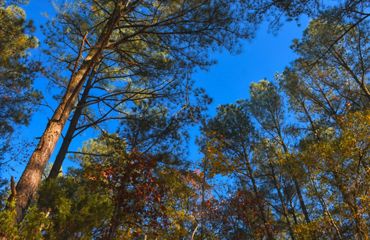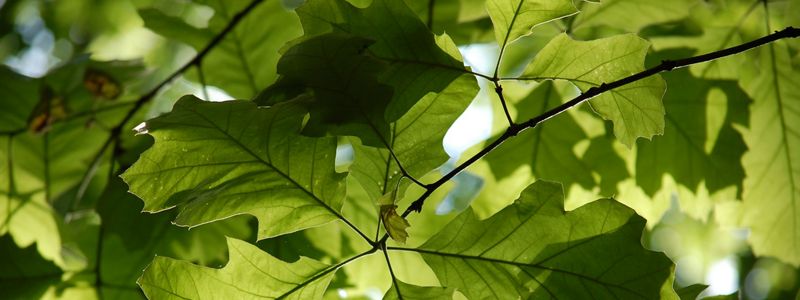Rare bird detected at The Nature Conservancy’s Milford Neck Preserve in Delaware
A recent survey found evidence of eight rare waterbirds, including the federally threatened Black Rail, in the Kent County preserve’s coastal marshes.

Media Contacts
-
Kathleen McFadden
Media Relations Manager
The Nature Conservancy
Phone: 610-368-7108
Email: k.mcfadden@tnc.org
Under the cover of night, Delaware State University (DSU) researchers have discovered audio evidence of secretive waterbirds residing at The Nature Conservancy’s (TNC) Milford Neck Preserve in southern Delaware including the federally threatened Black Rail, suggesting a small and scattered nesting population.
The presence of the Black Rail—a notoriously elusive species—highlights the ecological significance of Milford Neck, which serves a critical function as a protected tidal marsh ecosystem utilized by migratory birds as well as numerous other rare and native plants and animals in the First State.
Smaller than a robin with dark plumage befitting its name, the Black Rail (Laterallus jamaicensis) nests in salt and brackish marshes from the Mid-Atlantic to the Florida coast as well as portions of the southern United States. Distinctive for its gray breast, red eyes and white speckles on its back, the eastern subspecies is classified as federally threatened by the U.S. Fish and Wildlife Service. Delaware lists the species as endangered and it is a Tier 1 priority in the Department of Natural Resources and Environmental Control’s Wildlife Action Plan.
Dr. Christopher “Kitt” Heckscher, Professor of Environmental Science at DSU, led the survey at Milford Neck, which included nighttime listening from audio recorders placed around the preserve. Upon reviewing the recordings, the Black Rail was heard vocalizing from two different sites on three separate dates.
Quote: Dr. Kitt Heckscher

Milford Neck Preserve provides important high-quality habitat for these species, many of which are threatened regionally by sea level rise.
Other secretive waterbirds recorded during the nesting season included the Clapper Rail, King Rail, Virginia Rail, Common Gallinule, Sora, American Bittern and Pied-billed Grebe.
“The results of this survey show a diverse suite of waterbirds nesting on the preserve,” says Heckscher. “Milford Neck Preserve provides important high-quality habitat for these species, many of which are threatened regionally by sea level rise.”
Since 2019, Heckscher has conducted insect and bird surveys at TNC’s Middleford North and Milford Neck preserves, documenting several rarely glimpsed species.
“Thanks to Kitt’s research, we’ve learned about the secretive wildlife species that use our preserves, including two firefly species of global conservation concern and the sighting of the Hessel’s Hairstreak butterfly for the first time in 27 years,” says Natasha Whetzel, Delaware Stewardship Program Manager for TNC.
Delaware wildlife species are facing numerous pressures including habitat fragmentation, alteration, and conversion. Climate change and sea level rise are straining the amount of viable nesting grounds for birds, leading them to retreat to only the most remote and pristine marshes along the Delaware Bayshore.
“TNC is committed to protecting Delaware’s irreplaceable biodiversity and conserving the lands and waters that will allow species to thrive,” says Lori Brennan, Executive Director of TNC in Delaware and Pennsylvania. “The presence of a nesting Black Rail population further reinforces the incredible conservation value of tidal marsh ecosystems like Milford Neck.” For more information on TNC’s work in Delaware, please visit nature.org/Delaware.
Stay in Touch
Sign up to receive monthly e-mail conservation news & updates from Delaware.

The Nature Conservancy is a global conservation organization dedicated to conserving the lands and waters on which all life depends. Guided by science, we create innovative, on-the-ground solutions to our world’s toughest challenges so that nature and people can thrive together. We are tackling climate change, conserving lands, waters and oceans at an unprecedented scale, providing food and water sustainably and helping make cities more resilient. The Nature Conservancy is working to make a lasting difference around the world in 83 countries and territories (39 by direct conservation impact and 44 through partners) through a collaborative approach that engages local communities, governments, the private sector, and other partners. To learn more, visit nature.org or follow @nature_press on X.
